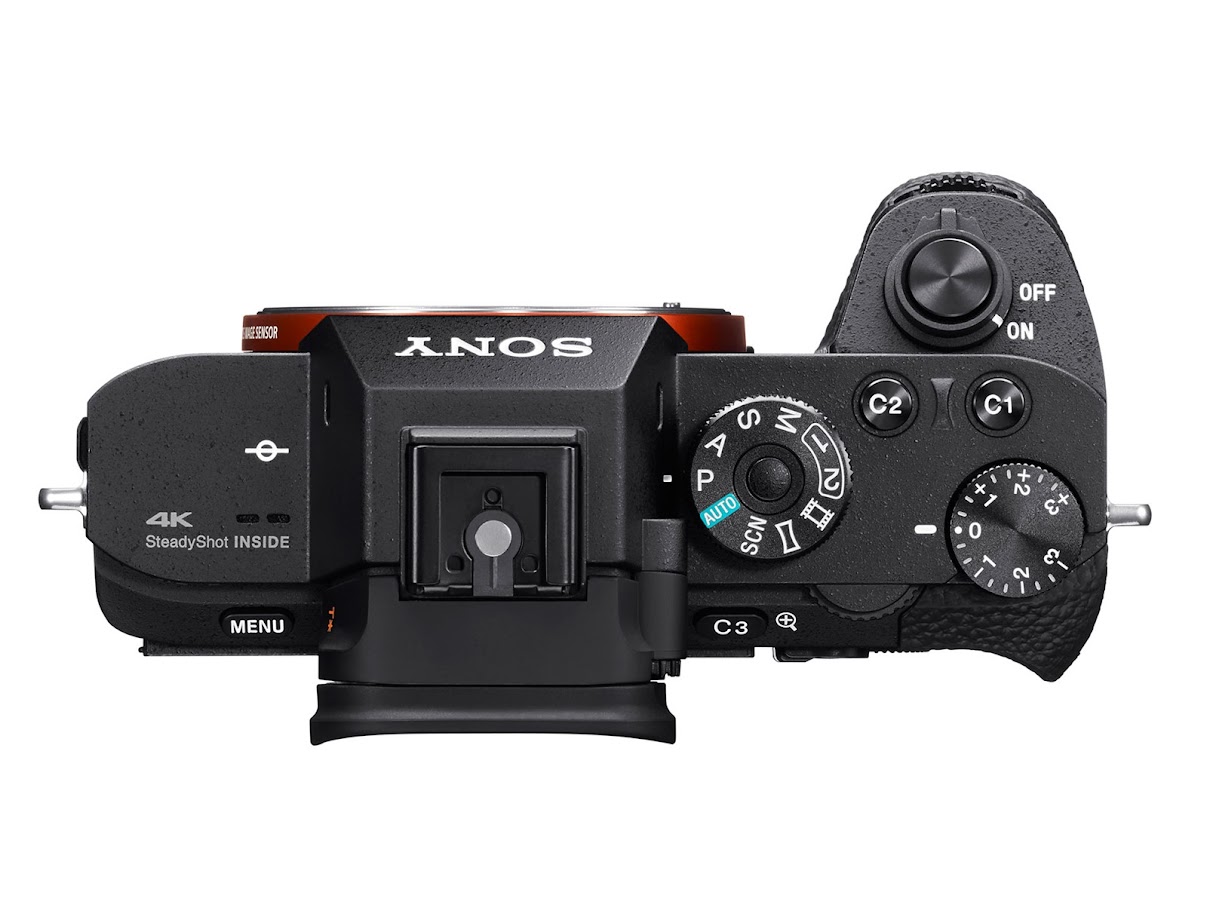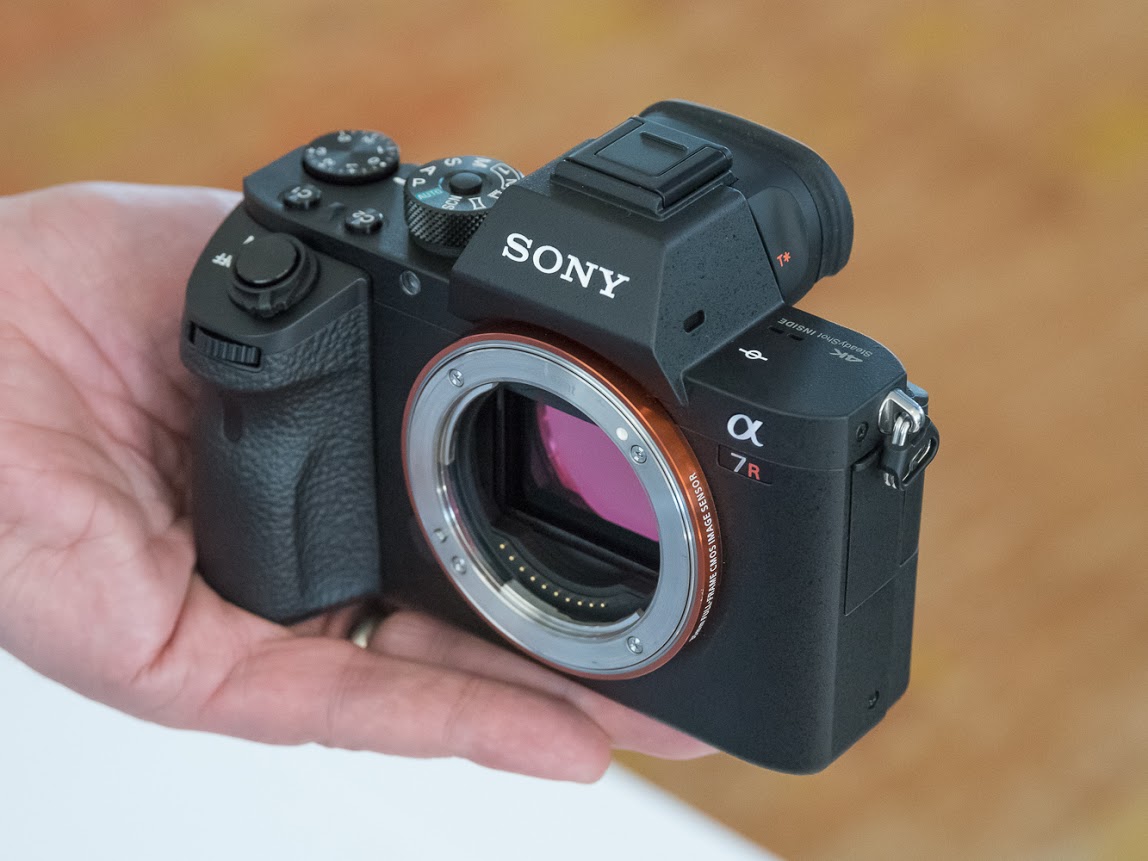If you like this post, help us share it
Sony’s new flagship a7R II is the best mirrorless camera to date. The new a7R II is a huge upgrade to its predecessor a7R and hence bears a much higher price tag. Sony is definitely not afraid of making huge changes to their cameras, so what are the key improvements on the new Sony a7R II? Is it worth the upgrade?
[REWIND – The best mirrorless camera is here – Sony a7R II]
You can order the Sony a7R II here (B&H | Adorama)

(photo by dpreview)
Ergonomic Design
The a7R II had its on/off button, both front and back dials as well as the hand grip re-designed. The grip is much deeper so it should provide a better grip when holding the camera. The on/off switch and front dial are now positioned in a much more convenient position similar to the layout used in Nikon DSLRs.
New 42MP BIS CMOS sensor
One of the most astonishing features on the a7R II has to be its new 42.4MP full frame BSI (back illuminated) CMOS sensor. Despite the huge 50-megapixel hype from the Canon 5Ds and 5Ds R, Sony is equally impressive by putting a 42MP sensor in a mirrorless camera. By combining the backside illuminated CMOS sensor with anti reflective coating and gapless on chip lens design, the maximum expanded ISO has raised by two stops to 102,400. Sony has made a very wise choice by introducing the BIS CMOS sensor here. While the resolution has increased from 36MP to 42MP, the ISO performance has not been sacrificed due to this superior sensor.
Improved shutter mechanism
The camera features an improved shutter mechanism, rated to 500,000 actuations and uses an electronic first curtain shutter which promises to reduce vibration. The a7R II also offers a silent mode that completely eliminates the shutter curtains from moving at all. This could be the answer to true silent operation.
399 phase detection AF points
The AF system has revamped and hugely improved, compare to the original a7R which only offers contrast detection. The a7R II has a fast hybrid AF system, which has 399 focal-plane phase detection points and 25 contrast AF points. The new AF system is said to be 40% faster, that’s a huge improvement over the original a7R and you should feel the difference.
5-axis image stabilisation
The a7R II has incorporated the 5-axis image stabilisation system, similar to that in the a7 II model, the stabilisation corrects camera shake along five axes during shooting, including angular shake (pitch and yaw) that tends to occur with a telephoto lens, shift shake (X and Y axes) which becomes noticeable as magnification increases, and rotational shake (roll) that often affects video recording. The compensation is equivalent to shooting at a shutter speed approximately 4.5 stops faster.
World’s highest viewfinder magnification
The a7R II’s newly refined XGA OLED Tru-Finder has the world’s highest (0.78x) viewfinder magnification.
Continuous shooting with 5fps
While the a7R II is not a sport camera, it is great to see Sony has pushed the burst rate from 4fps to 5fps, however it is still no match to some cameras that can do up to 10fps. Its internal buffer is still unknown and the performance of this camera in continuous shooting is still to be seen.
4K video
Shooting video from a Sony mirrorless camera has always been mediocre, but this is about to change with the a7R II that features 4K video, 1080@60p, 720@120p and a variety of functions to support a professional video workflow such as picture profile, S-Log2 Gamma and S-Gamut, time code and clean HDMI output. 4K video recording can be done in Super 35mm or Full-Frame mode. The Super 35mm mode benefits from a full pixel readout with no pixel binning, which should mean that there is minimal moiré when shooting 4k video.
Flash sync speed
Apart from the major improvements listed above, there is a minor but very important improvement that will put a smile to many flash photographers. The flash sync speed has increased to 1/250s which aligns with all other flagship cameras. Previously it was rated at 1/160s which has been a let down.
What do you think about these improvements? Are they worth the upgrade? Existing users who are currently using a7R will probably won’t find the need to have the new 42MP sensor. The extra 6 MP and improved ISO performance are probably not that important. The ability to shoot 4K video is a controversial one since not everyone shoots video. The Sony a7R II is certainly one of the most complete mirrorless cameras for still and video, its improved AF system with 339 AF point phase detection, in body stabilisation and improved shutter mechanics are something that worth considering. But, bear in mind the upgrade will probably offset you for at least $1000.
| Sony a7R II | Sony a7R | |
| Sensor | 42.4MP BIS CMOS | 36MP CMOS |
| Image Stabilisation | In-Body | In-Lens |
| ISO range (expanded) |
100-25,600 |
100-25,600 |
| Continuous Shooting | 5 fps | 4 fps |
| AF system | Hybrid with 399 phase detect and 25 contrast detect points | Contrast AF with 25 points |
| Viewfinder Magnification | 0.78x | 0.71x |
| Video | 4K/30p, 1080/60p, 720/120p | 1080/60p |
| Construction | Magnesium alloy | Magnesium alloy |
| Optical LPF | No | No |
| Flash Sync | 1/250s | 1/160s |
| Dimension | 126.9 x 95.7 x 60.3 mm | 126.9 x 94.4 x 48.2 mm |
| Weight w/battery | 625g | 465g |
| Launch Price | $3200 USD | $2300 USD |






Where can I find the equipment seen on this site?
If you find this site useful and planning to purchase any of the equipment seen on this site, please show your support by purchasing your photo equipment at B&H Photo Video, or through any of the affiliate links seen on this site.


